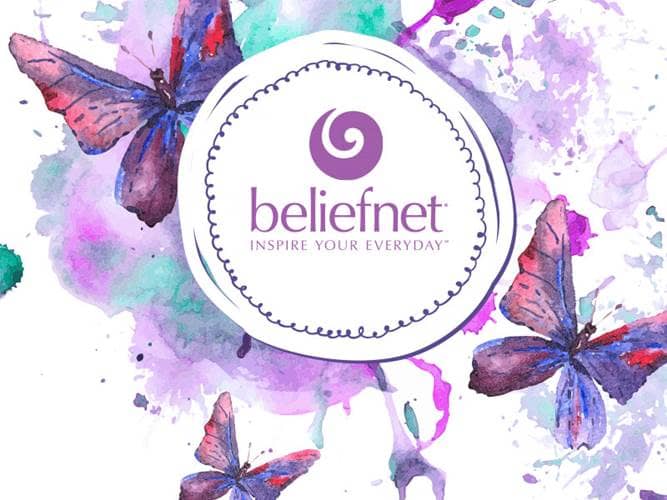I was among the young, idealistic Mormon students who launched Sunstone magazine during the halcyon days of the late 1970s.
Our generation of Latter-day Saints came of age when the beatific David O. McKay was "prophet, seer and revelator," Sunday schools hosted lively discussions of serious religious issues, Mormon study groups were rampant and LDS historian Leonard J. Arrington threw open the church's archives to serious scholars.
In a time of social reform, we confronted the role of the military in the wake of Vietnam, women's rights, drugs, suicide, teen pregnancy and sexual identity.
So, true to our faith's impulse to organize, we created a magazine to explore the "intellectual and spiritual life of our times."
We heeded LDS Apostle Hugh B. Brown, a Democrat and liberal thinker, who told students at church-owned Brigham Young University in the 1960s: "Your thoughts and expressions must meet competition in the marketplace of thoughts, and in that competition truth will emerge triumphant. Only error needs to fear freedom of expression."
With the sublime confidence of the young, we tackled broad social questions and looked within our tradition at polygamy, early communitarian experiments, confession, "closet doubters," the notion of a Mother in Heaven and the value of temple rites.
We took a dialectical approach. If one author argued that excommunication demoralized and demonized families, another would counter that it freed excommunicants from lifelong guilt and let them forgive themselves. When I was editor/publisher from 1980 to 1986, it was an exciting time to be a Mormon intellectual. But our springtime of inquiry was about to take on a decided chill.
Sonja Johnson was excommunicated for publicly opposing Mormon leaders on the Equal Rights Amendment, Arrington's approach to church history was replaced by a more "faithful history" and the archives were once again closed to critical scholarship.
LDS Apostle Bruce R. McConkie, an ardent defender of Mormon orthodoxy, described intellectuals as "dogs nipping at the heels" of true pilgrims. Nothing more than an irritant, he said, while "the caravan moves on."
What probably protected participants against church discipline was Sunstone's relatively quiet conversation among LDS insiders and a few interested observers.
By the late 1980s, however, tensions with church leaders began to smolder. As it pushed across the globe, the church sought and received increasing media scrutiny, and so did Sunstone's alternative voice.
Wary of a divided perception of Mormondom, church leadership in 1991 advised members, particularly church employees, not to participate in "symposia." Two years later, several Sunstoners were excommunicated for their public statements or writings about the church, its teachings and its leaders.
These moves crushed my optimism and made me sometimes feel like an outsider in the church that had spawned me.
Sunstone was our gift to the Mormon community. We wanted to aid faith with rigorous study, not replace or destroy it.
Now, some 25 years after Sunstone's founding, I am still in the church but less naive about fostering an open forum.
The church hierarchy continues to be preoccupied with presenting a seamless image and relegating to the margins Saints with a decidedly intellectual bent.
Fewer Mormons seem willing to look squarely at tough issues from within the fold. Confronted with ideas they don't like or share, these members either leave the church or decide not to ask questions.
Sunstone can still appeal to those in my generation who are engaged by the life of the mind, thrive on debate and embrace diversity, yet cherish their Mormon faith. But our numbers are dwindling.

